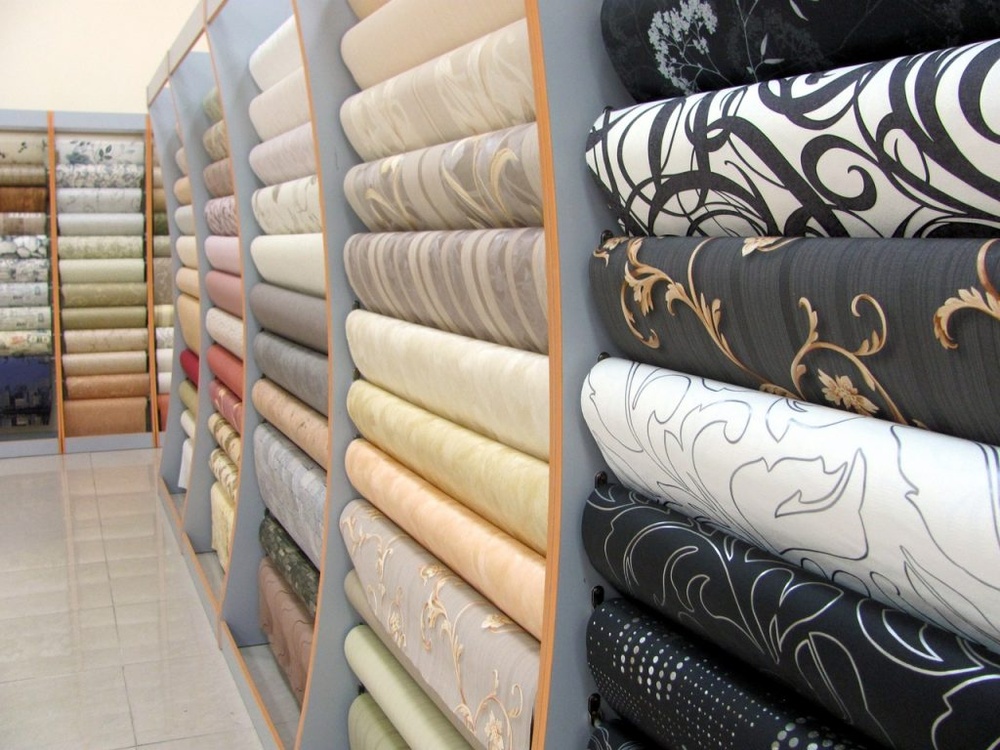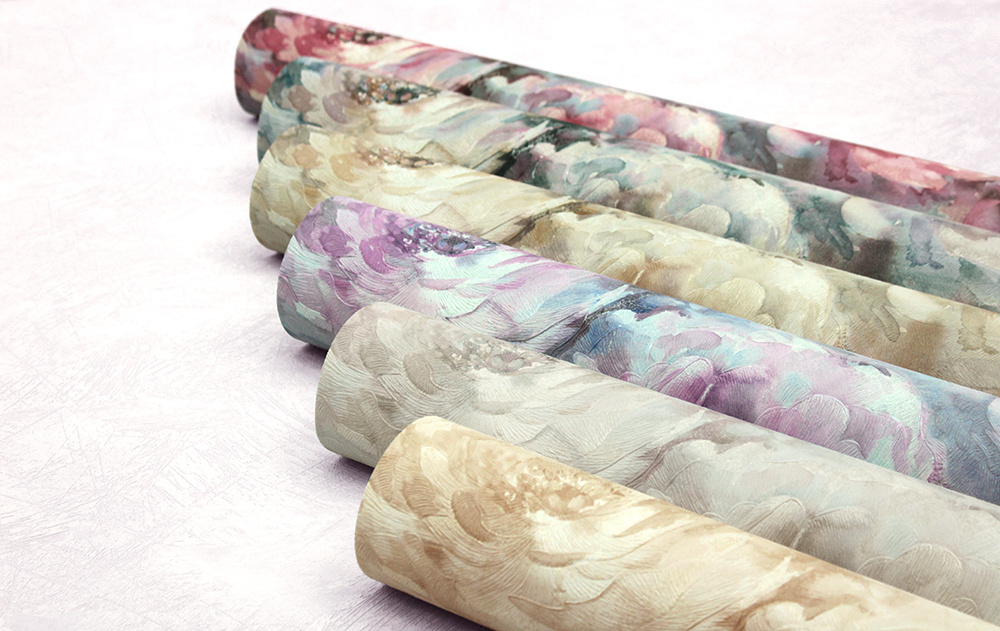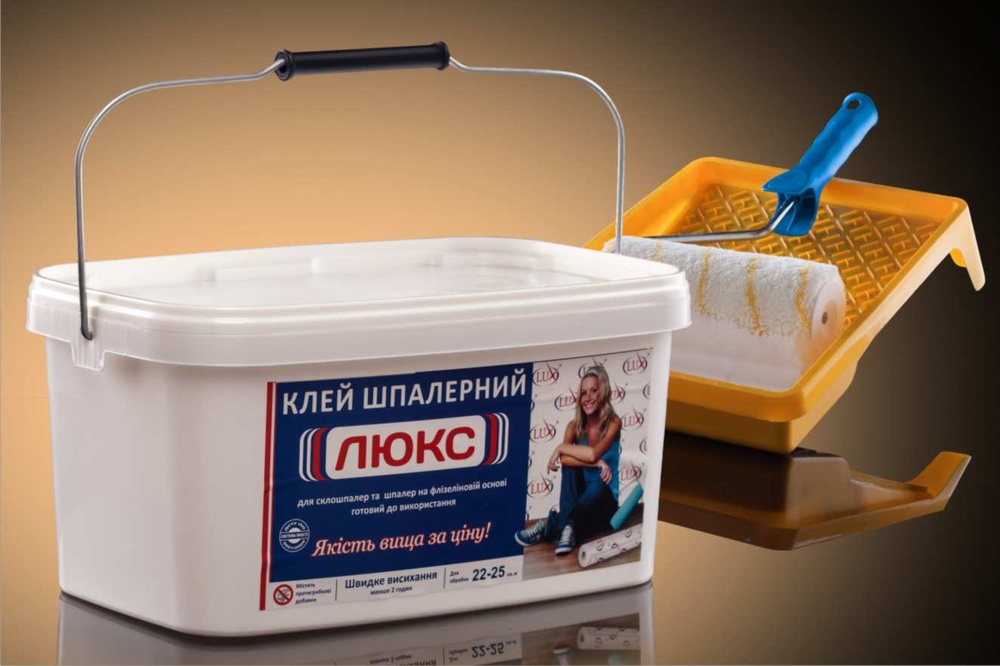Vinyl and non-woven wallpaper: application rules of glue
- Vinyl wallpaper consist of two main layers:
- The difference between non-woven and vinyl wallpaper
- Wallpaper glue, which is better?
- How to use glue for wallpaper from non-woven and vinyl?
A big number of diverse materials for interior and exterior decoration of premises appear on the shelves of building centers every year, meanwhile, an assortment of construction materials for repair work has been rapidly increasing. Today we will discuss the most well-known material in demand for the interior design of an apartment, home or office - wallpaper, and in more detail, we will dwell on their varieties: non-woven and vinyl wallpaper. What is the difference between these types, peculiarities of wallpapering and which glue is best used for the best effect? You will find all this in our article.
Non-woven wallpapers are made from natural materials based on cellulose and additional components that help the material to acquire its properties. The main feature of non-woven wallpaper is the ability to "breathe", that is, to pass the air. In addition, they are quite dense and sturdy, which makes them durable and resistant to any deformation.
Due to their structure and density, they can properly cover roughnesses or small defects on the surface of the wall. The main advantage of non-woven wallpapers is their sticking, since they do not change their shape or structure when applying liquid glue or its drying.

Vinyl wallpaper consist of two main layers:
- polyvinyl chloride film, providing reliable protection and safety of the material from the influence of external factors, such as: moisture, dust, mechanical impacts, and other factors that may affect the wallpaper structure.
- paper or non-woven base, which is impregnated with special antiseptic solutions to avoid mold.
The difference between non-woven and vinyl wallpaper
We have examined main features of each type of wallpaper, but which option would be the most optimal for your room?
- Breathability. Non-woven wallpaper lets the air pass through, so, if it is too humid in the room, then this option suits you more;
- Practicality. Due to the presence of a polyvinyl chloride layer, vinyl wallpaper is easy to clean from contaminants: you just wipe them with a damp cloth and they look like new again. Therefore, if you have children who like to paint on walls or pets, then this option will be the most optimal.
- Wallpapering. The difference in the presented types is not only in the composition and main characteristics, but also in the method of pasting. For non-woven wallpaper, it is enough to smear the wall surface with glue, and then paste a piece of wallpaper. For vinyl wallpaper, it is necessary to apply glue from the back side of the canvas and leave it soaked for a few minutes, which significantly slows down the process of gluing.
- Adhesive solution. There are both universal and specialized wallpaper adhesives. Glue for vinyl wallpaper should allow making corrections that, after contact with the wall, the canvas could slide on the surface to smooth the position and form the wallpaper joints. The most convenient to use with the maximum strength for heavy wallpaper, is dispersion glues, ready for use. Wallpaper glues sold in dry form have less adhesive strength and are more suitable for conventional paper wallpapers.

Wallpaper glue, which is better?
Despite huge advantages of the glues ready for use before the dry ones, the choice is always for the consumer. On the one hand, ready for use glue is more expensive than dry one; on the other hand, when buying high-strength ready-made glue, you have an opportunity to enjoy a beautiful repair for years!

How to use glue for wallpaper from non-woven and vinyl?
Before you begin the process of gluing wallpaper, make sure that the surface of the walls is pre-prepared for gluing. It should be firm and clean without any impurities or excess inclusions. Also, check whether all cracks are smeared and eliminate irregularities that may affect the uniformity of gluing of the finishing materials. If you work with an easily absorbent surface, treat it on top with a primer so that the glue does not "fall" into the wall. Then follow the detailed instructions that are on the glue packaging purchased. You can buy quality wallpaper glue on our website.






